Top Features of the Year
We saved more than $75 million in logistics spend for our clients this year. This is a direct result of schedule planning, automated delivery and task allocation, resource and capacity utilization, route optimization, addressing accuracy, electronic proof of delivery or service fulfillment, and engaging the end-client or customer in feedback. This reduced the variable costs associated with delivery and service fulfillment such as decreased turn-around time, lesser distance traveled, lower fuel consumption, lesser invoicing errors, and quick reaction time in terms of process disruptions such as delays and ad-hoc customer requests.
Even though the direct $ value benefit maybe stated as $75 million, the compounded benefit is much more in terms of brand value and customer delight. This has helped us create more than 200% value or ROI for all our clients.
Here are the top features of the year that created the most value for our clients. These features have the highest usage among managers. These managers keep sending back their delightful feedback from time to time. Based on our own analytics and market feedback we have collated this list of the top features which created the most business value.
Suggest Trip

Controlling the scheduling, allocation, and dispatch is a very important aspect of logistics and filed workforce management. The feature ‘Suggest Trip’, from the moment it was introduced, created immediate and definitive value for all its users. The idea is as simple as it is innovative. Automation based on our machine learning algorithms would anyway allocate the appropriate trip to another appropriate delivery person or field agent. Suggest Trip added the perfect layer of customization and interactivity over this automation.
The managers could control the routes (on top of the optimized schedule of deliveries) by adding extra deliveries to the planned trips.
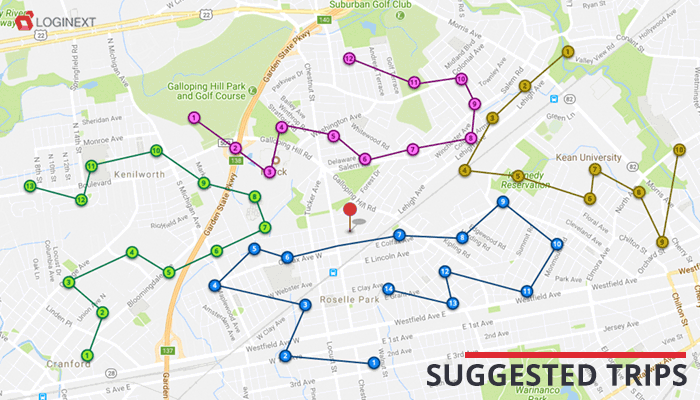
Suggest Trip offered a dynamic interface running parallel to the planning engines, to align the customization of the delivery allocation and route planning process on one single interactive dashboard.
Sign up to use this feature to optimize your route planning.
Managers could easily rearrange orders within a trip and re-assign them from one trip to another (if required). This essentially offered managers the option to customize select routes that need dedicated attention due to the mitigating factors (like demand spikes, delays, or resource shortage) affecting them.
Suggest Trip gave the managers an exhaustive list of all available trips, arranged by ETA adjustments, available capacity, distance to be covered, rerouted schedules, & predicted schedules. They could simply choose which trip they wanted the new delivery to be assigned to, and then just start the trip. The ETA for each delivery in the trip would then be accordingly recalculated at the start of that trip.
Real-time ETA Prediction

Going along with the sense of automation with control, this year we bettered our ETA prediction capabilities.
The estimated time of arrival or ETA is a factor of (i) trip planning efficiency (ii) resource speed and capacity (iii) route optimization (iv) location accuracy (v) reacting efficiently to intermediate traffic and weather hassles.
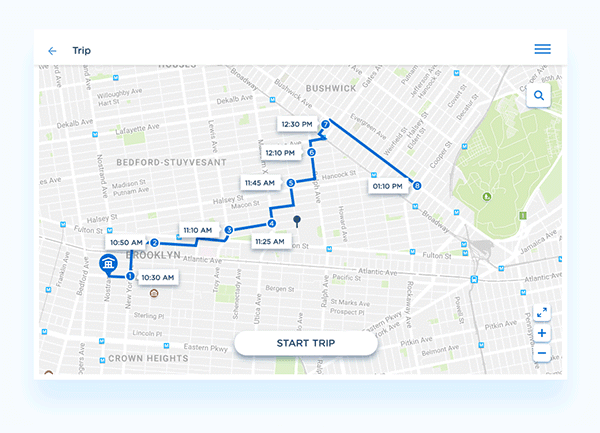
LogiNext improved its solution to increase the accuracy or efficiency of each of these factors. The planning efficiency, which was an industry benchmark to begin with, saw multiple tweaks to make it even better. More on this on the Top Tech Upgrades front. The resource speed and capacity were already factored into the planning with in-depth detailing to the level of calculating the variable cost involving the fuel consumption and the traveling and waiting time cost. Route optimization has been the foundation stone of the planning and continues to be the driving factor of overall value created. Route optimization saw multiple improvements including localized route knowledge integration (information about the short-cuts or faster routes which are common knowledge for people residing in an area, including the connectivity of all local landmarks).
Sign up to use this feature to better predict your ETAs.
ETA prediction was greatly improved with accurate location identification and dynamic traffic and weather pattern analysis. Location accuracy was a result of our extensive database of more than a billion data points (longitude-latitude information). Each location or address was accurately identified to up to 10 meters (in some cases even up to 3 meters). This led to location accuracy of more than 95% (and when all other factors worked perfectly, addressing accuracy went up to 100%). This meant that the delivery personnel no longer had to call the addressee each time for directions, saving communication cost and brand value cost.
Dynamic traffic and weather pattern analysis are critical for the quick-reaction time required to adjust the routes and save time. Real-time GPS tracking of all vehicles coupled with successful partnerships with companies like Google Maps and The Weather Company gave the managers live alerts and suggestions for route alterations.
Magnetic Geofences

Geofencing is creating location markers (in terms of sectional rectangles or polygons) which could be used to identify unique areas or territories. These geofences could be created to different territories in terms of market value, distribution reach, local knowledge of delivery associates, or the areas around distribution centers of hubs. Geofences help in automating notification messages and alerts for the managers whenever a delivery person enters, leaves, or performs an activity within the geofence. More importantly, geofences are a very important part of delivery schedule planning, allocation, and tracking.
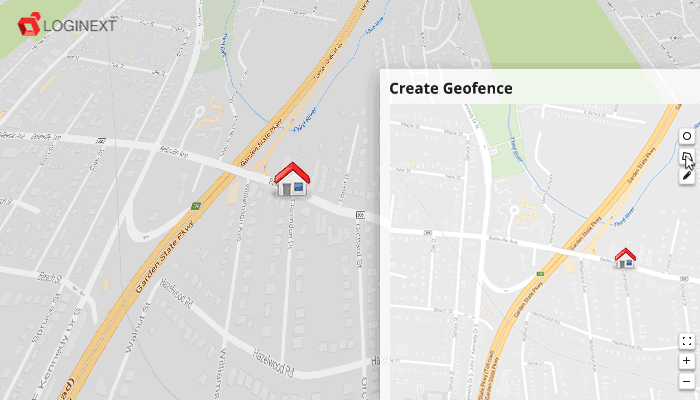
There were possible inefficiencies that our testing showcased where manually created geofences didn’t accurately cover all the territories. There were instances where two adjacent geofences weren’t touching at all points and hence some data points (location points) were left unmarked. This was a human error and had to be fixed with smart use of technology. That’s what we did. We created Magnetic Geofences. Post this, whenever a geofence was created adjacent to another, the edges automatically get connected to each other, like a magnet. This eliminates the human error associated with geofence creation.
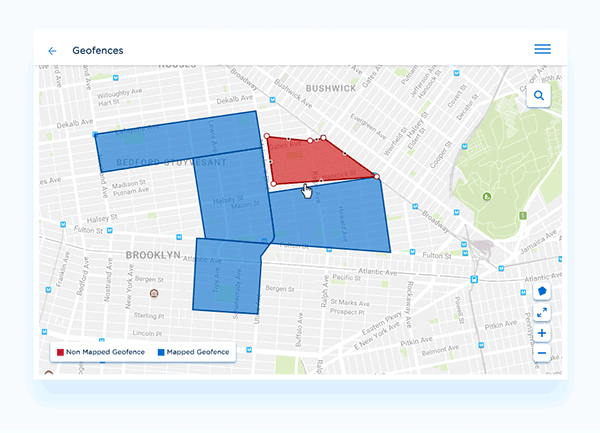
Managers can create the geofence, drag the edges to the adjoining geofence and it will do the rest. Furthermore, the managers can edit existing geofences rather than recreate them each time you update your delivery management strategies.
Sign up to better plan your geofences.
Accurate and smart geofences become an input for scheduling and route planning. Having precise geofencing not only increase resource utilization, but it also betters the ETA prediction and decreases delays.
Route Optimization

Route optimization is one of the most used and highest values generating aspect of LogiNext’s planning engine. Route optimization is an outcome of our proprietary planning algorithm which utilizes machine learning functionalities. With our ever-growing database of data points (more than a billion), the algorithm effectively takes into consideration the localized information such as traffic and weather hassles, road closures or diversions, etc. Moreover, when the schedule plans include priority delivery options (when a customer or hub requires a delivery at a specific time), the resultant re-routing and further optimization are done dynamically.
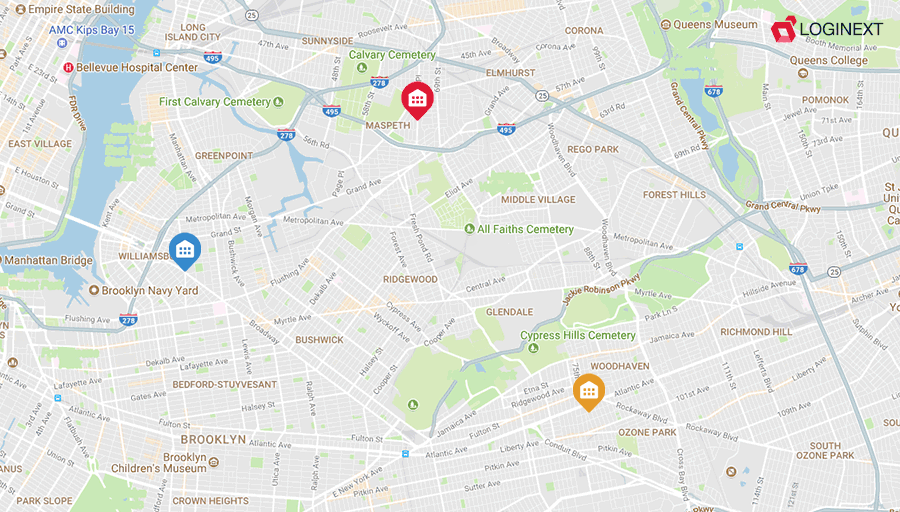
Route optimization has been improved much further this year. Multiple pre-existing characteristics of route optimization have been made more accurate and intuitive. The entire optimization engine has been made more agile and responsive.
Accurate route optimization is a factor or accurate location identification (correct addresses). LogiNext’s planning algorithm used its data points along with machine learning capabilities to increase the accuracy of new addresses. Some addresses were even incomplete to begin with, but the algorithm used location triangulation (where it associated a single address point or line with the surrounding available location identifies like landmarks) and completed the missing parts of the address.
Sign up to optimize your routes better.
Once the location information was perfected, the intermediate factors like live traffic and delay alerts were solved through real-time tracking of resources. Even when a customer rescheduled a delivery, the remaining delivery plan was dynamically rerouted. In the case of active field agents like sales or service professionals, such dynamic re-routing of meetings helped them avoid delays for other scheduled meetings.
In a nutshell, route optimization ensured that the planned trips were executed while meeting all SLAs and ETAs and the unplanned and random events happening in the trip didn’t disrupt the original schedule.
Team Chat

Another exciting and widely used feature this year was the ‘Team Chat’. The chatting feature where managers could directly interact with the delivery associates and field agents associated with each branch gave the managers much more control over daily operations.
Whenever a delivery associate spotted a localized issue (traffic, minor accidents, diverted roads, etc.), the associate reported it right through LogiNext’s application. The manager could immediately create a plan of action for that delivery associate and the others on that route. Similarly, if a delivery associate or field agent was delayed going towards a delivery or meeting, then the person could inform the manager about the same. Again, the manager could initiate corrective measures, such as informing the end-customer or client about the delay or assigning the task to another associate who is closer to the destination. There were multiple use cases that were solved through the chat feature.
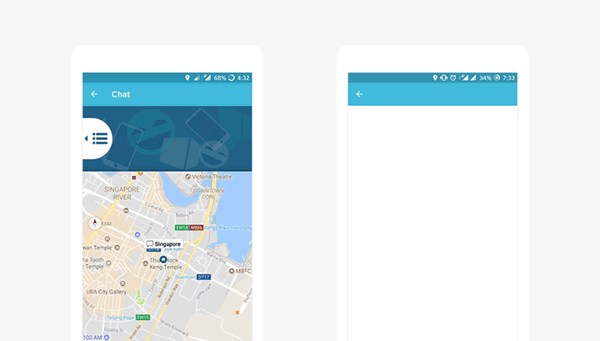
The delivery associate didn’t have to move to a specialized app like WhatsApp for this chat and hence the manager could effectively avoid unnecessary distractions from within the associate’s smartphone. LogiNext’s team chat also captured the time when a message was sent and the sender’s exact location. The manager could also send messages to select associates as notifications.
Sign up to use this chatting feature and connect quickly with each delivery person.
Team Chat went a long way in bridging the basic communication gap between the manager and the delivery associates and field agents associated with that branch. Along with real-time tracking and alerts, even the team chat added to the overall visibility overall operations.
What did you think of our top features?
301








@LogiNext